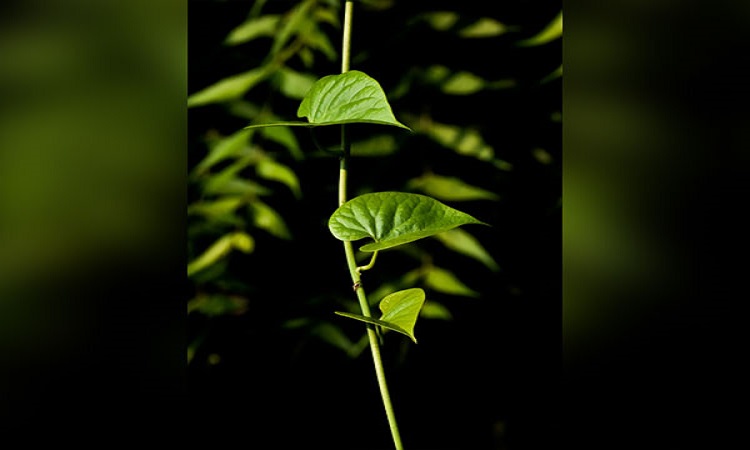
Tokyo: Plant biochemist Soichi Kojima and colleagues at Tohoku University discussed their findings and future plans about how gene and protein control systems that regulate the use of nitrogen by plant roots could help develop crops that require less nitrogenous fertilizers to produce acceptable yields in an article.
The article was published in the journal Frontiers in Plant Science.
Nitrogen is such a crucial nutrient for plants that vast quantities of nitrogen-containing fertilizers are spread on farmlands worldwide. These fertilizers mostly contain nitrogen as ammonium ions (NH4 +), the chemical form in which nitrogen is most readily taken up by plant roots. However, excess nitrogen in the soil and in drainage run-off into lakes and rivers causes serious ecological imbalances, including algal blooms that de-oxygenate water and kill fish and other aquatic life.
"One of the key goals of modern agricultural research is to develop crops that can grow healthily without relying on so much added nitrogen," says Kojima. He adds that there are also significant economic and environmental incentives behind this aim, pointing out: "Energy from vast quantities of fossil fuels is currently needed to convert nitrogen in the air into ammonium for fertilizers." The researchers worked with the small flowering plant thale cress (Arabidopsis thaliana), a common species used for laboratory studies in plant science.
"Taken together, our results reveal, at the genetic level, regulatory mechanisms at work when plants utilize nitrogenous fertilizers in their roots," says Kojima.
The team's next step is to determine if the processes they have identified in Arabidopsis are shared by other plant species, especially major crop plants such as rice and other cereals. If that is confirmed it could open an avenue for plant breeders and geneticists to generate crops that might need much less fertilizer while still producing the yields needed to feed the world. Enhancing the production or activity of the amino acid-making enzymes could be the key to success. (ANI)







